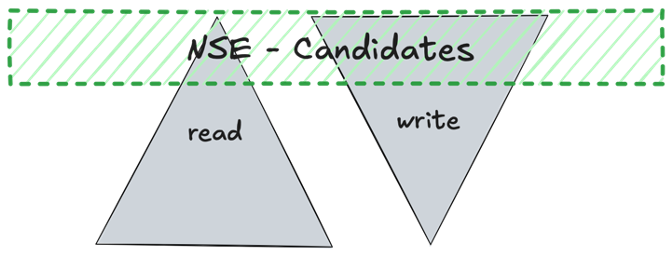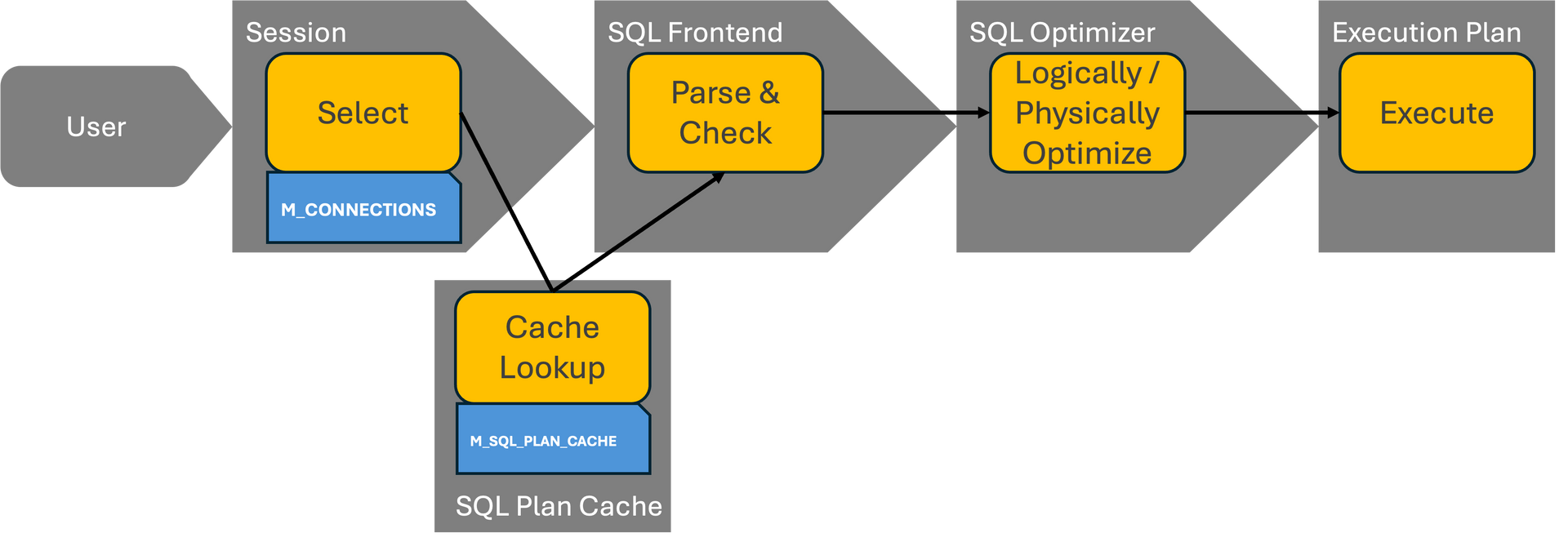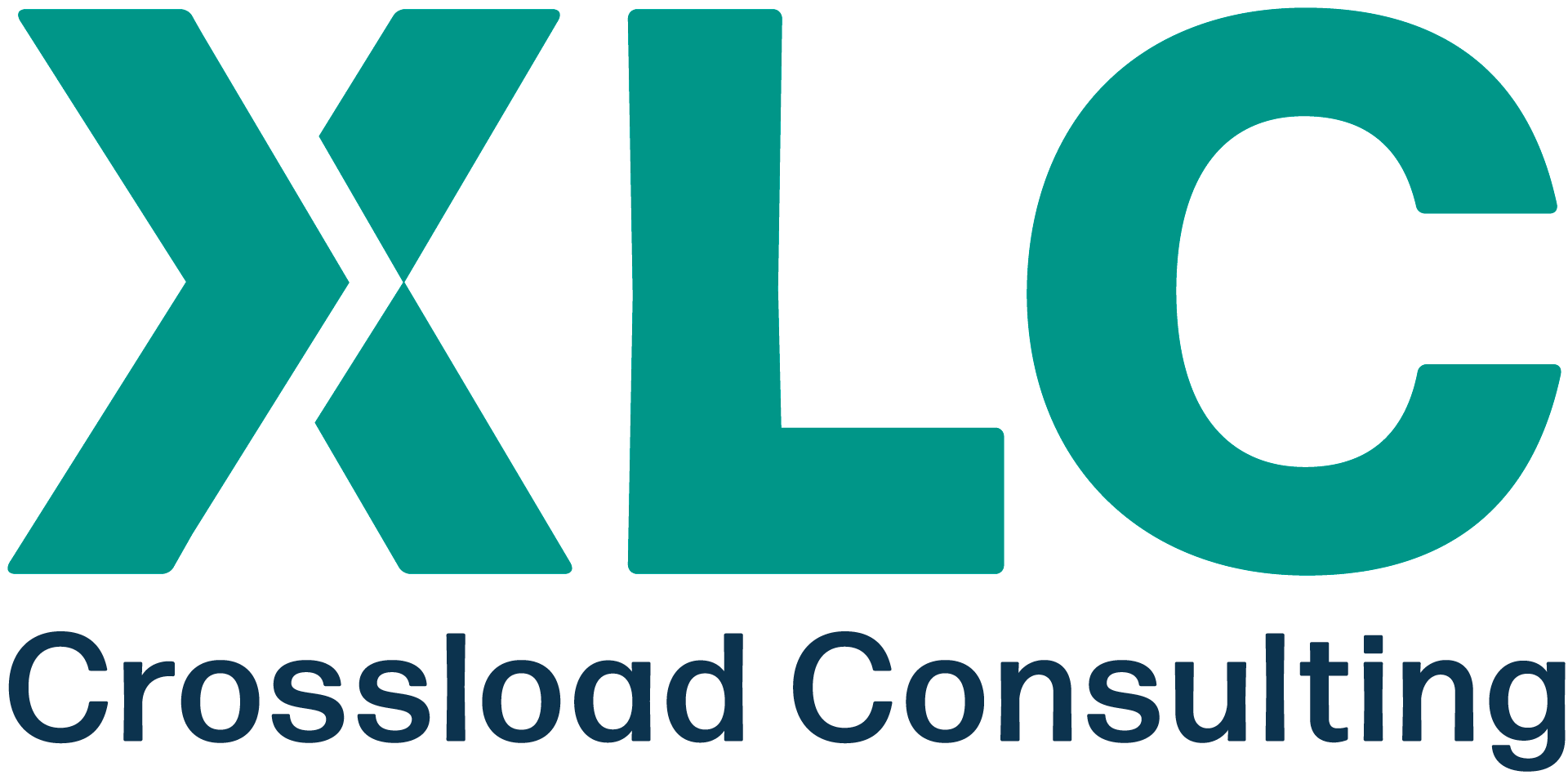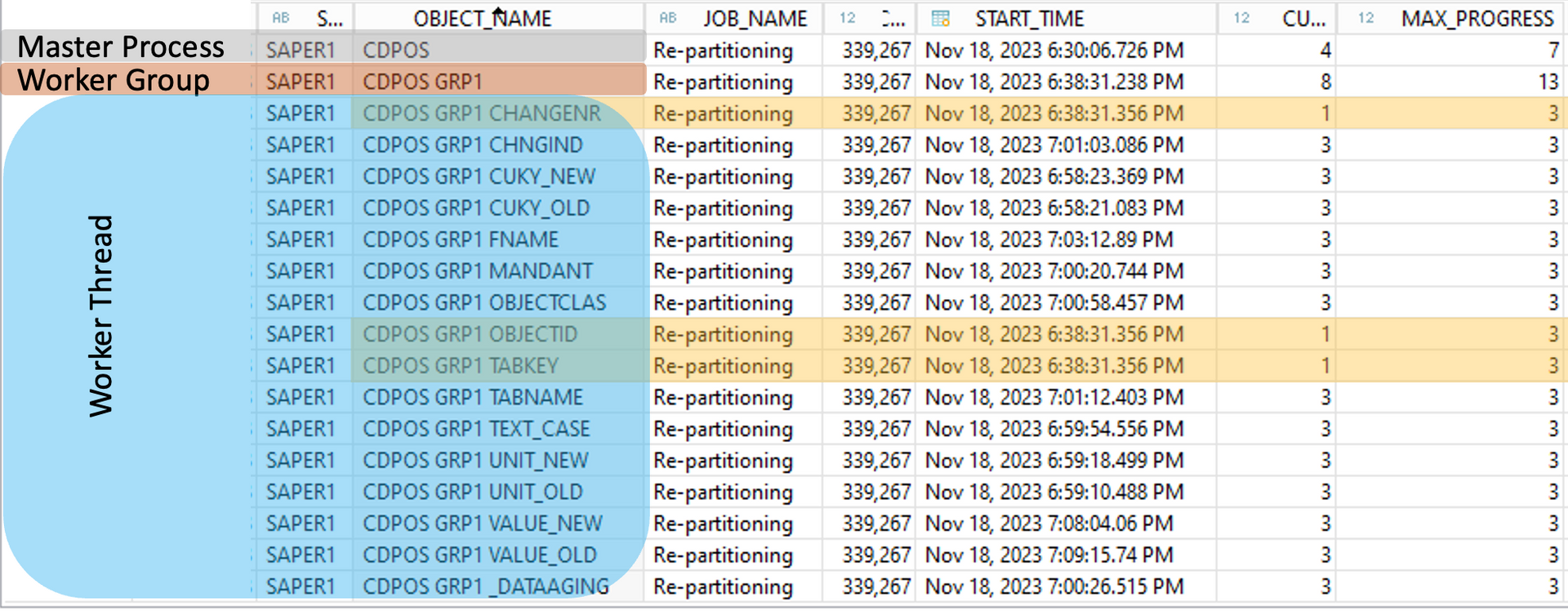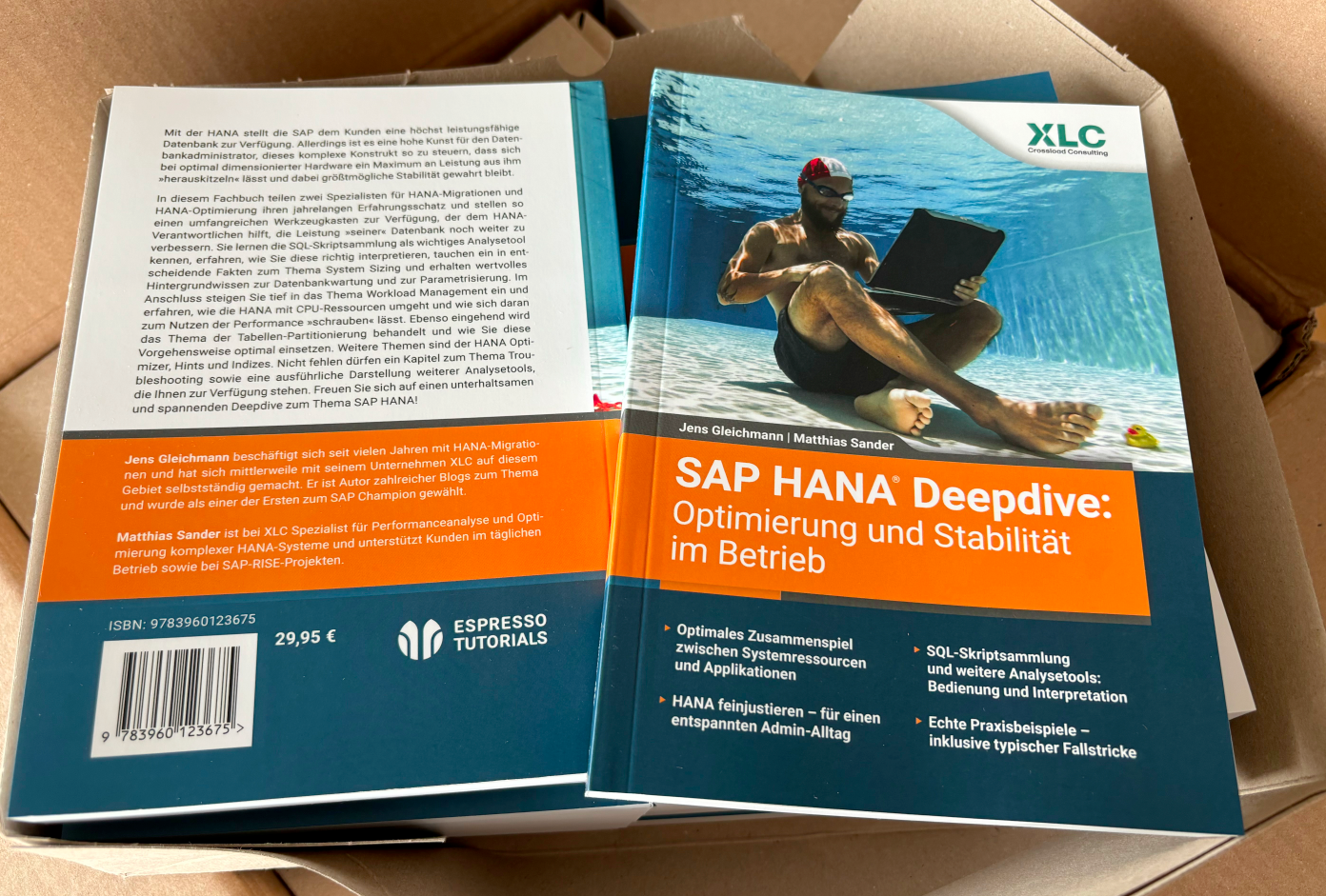HANA News Blog
From Complexity to Clarity: Optimizing the R+R List for SAP Cloud ERP
Check out how to optimize the R+R List for SAP Cloud ERP

In transformation projects like SAP RISE / SAP Cloud ERP, the Roles & Responsibilities (R+R) list often serves as the backbone for collaboration between customer, partner, and SAP. Yet too often, this list is treated as a static document rather than a living framework. Sometimes nobody knows exactly what was defined by the time signing the contract. By continuously questioning, refining, and contextualizing R+R, organizations can reduce ambiguity, close expectation gaps, and create a solid foundation for accountability. But this has to be done before signing the contract and not after the going live.
Every single customer signed a PCE contract negotiated different parameters and bought different CAS packages - oh sorry since July “CAS (=Cloud application service)” are now called “Packaged Services”. Be aware that all needed Packaged Services are discussed and included in the contract. Otherwise there can be extra costs.
The current R+R list for the tailored option (v7 2025) consists of 1084 services (not counting empty lines or titles) with this distribution:
- 59 pages (-4 pages for cover and legends) => 55 pages content
- Service Management: 17 services
- Managed Infrastructure: 73 services
- HANA : 114 services
- SAP HANA: Accelerator for SAP ASE (AFA): 11 services
- DB (Excluding SAP HANA and Sybase IQ ): 19 services
- DB2: 15 services
- Basic (Core Technical Operations): 122 services
- NW (NetWeaver Operations ABAP and Java): 52 services
- SPROV (Server Provisioning (aka IaaS)): 36 services
- CAS (Cloud Application Services): 19 services
- Move (Movement Services for System Conversion and Transition): 13 services
- X1 - X64 (3rd party software) : 593 services
Regarding X1 - X64 : 3rd party software is a bit misleading. Because this includes SAP software like BTP, SF, CALM, Content Server, ADS, ETD and many more.
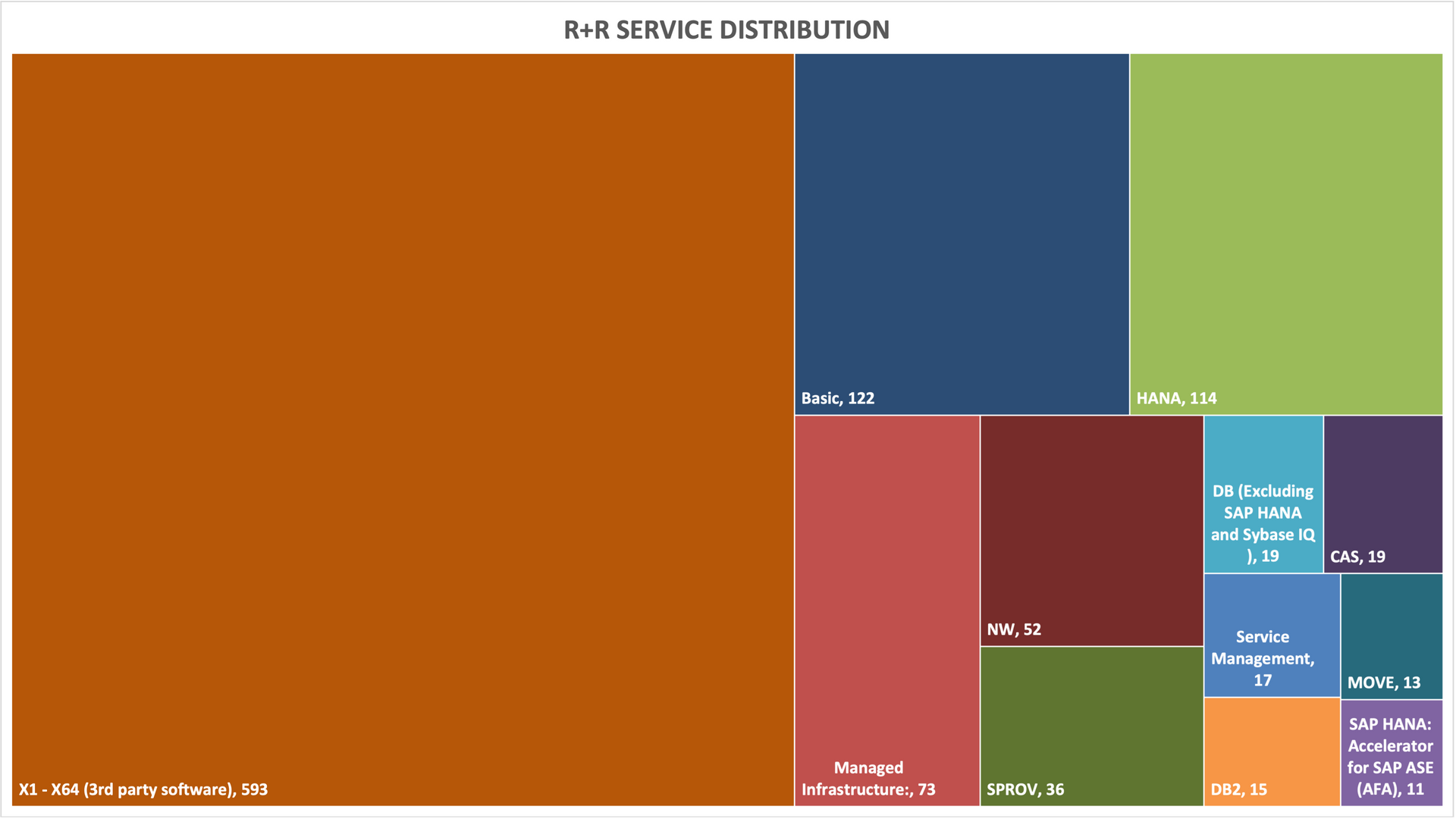
But first things first. If you made a deep dive into the R+R list and compare it to your current service catalog which you already have from your current MSP or you created your own internal one, you will notice that there are gaps. This means not only that some tasks costs extra. This means also a lot of services are not needed because there is no need for you to run Sybase or DB2 or you have no third party product which leads to the conclusion that 593 services are not valid for you.
But you not only have to check which services are valid in the R+R. You have also to check which services are not covered or even not listed. For this you have to work close together with all technical teams, if there is currently no service catalog or an outdated version.
Even if a service is covered means not that the amount of executions are also covered. For instance Service HANA_1_1.04 ("Partition tables (technical execution)") stated out "If required as a consequence of extensive table growth; One (1) execution in One (1) table per SID, per year included; any further requests will be charged separately" which means that you have to pay extra if there is more than one execution in one table per SID.

Over the last years the list changed continuously which means not only that services were added. Also some of them were removed - yes not only marked as excluded - just removed. The valid list is the list which were transferred to you with your contract. Only this is valid for you.

Not covered means then excluded, removed or not listed. But who is responsible for this tasks? The customer has full responsibility to all tasks which are not covered. You still need experts who e.g.:
- Design table partitioning strategy/architecture
- Identify, analyze and optimize expensive SQL-statements to improve application performance
- Design NSE strategy
- provide commands to frequently page out old data / partitions (NSE)
- run proactive Health Checks
- run proactive index checks for index recommendations
Nearly all covered tasks have to be triggered via SR within provided time slots with lead times. The initiator is still the customer with full responsibilities.
Conclusion / Summary
You still need your SAP Basis experts or external partners even if you are use an SAP Cloud ERP offering. Please consider this in your cost calculation! You need to check this list multiple times with multiple experts to get all perspectives for the complete picture. My recommendation is to involve multiple experts for licensing , evaluation of the R+R, sizing, migration QA and for the operations. Four weeks aren't enough to validate all contract components. Find your blind spots and take the time you need to review all contract components.
SAP HANA News by XLC
